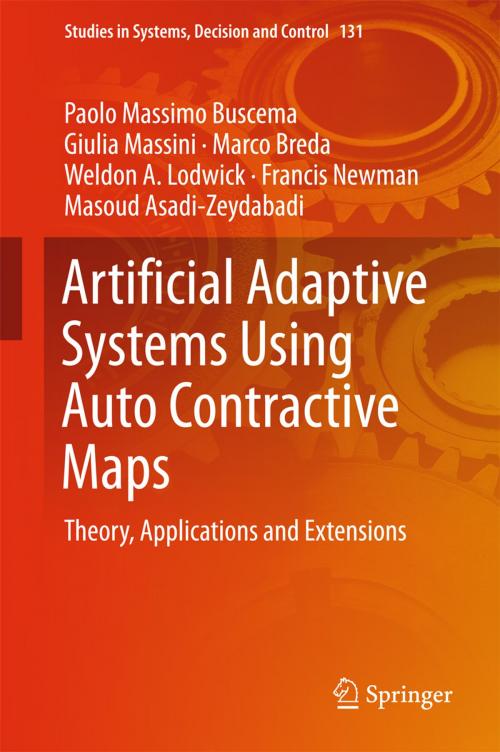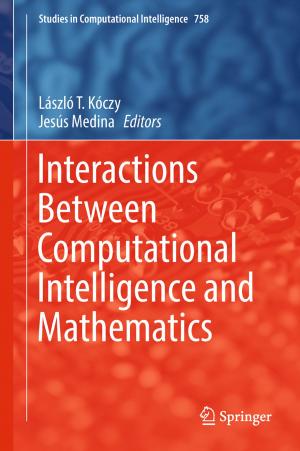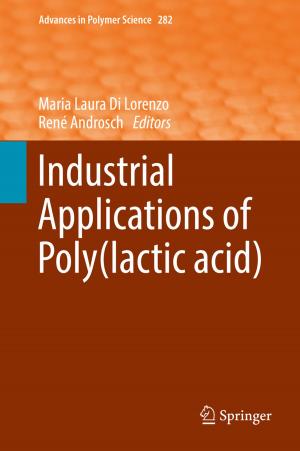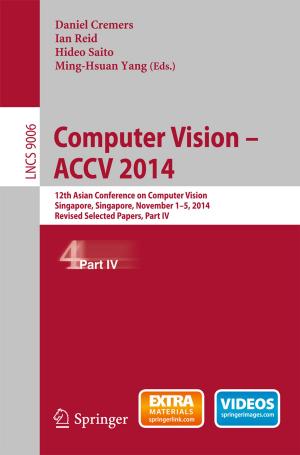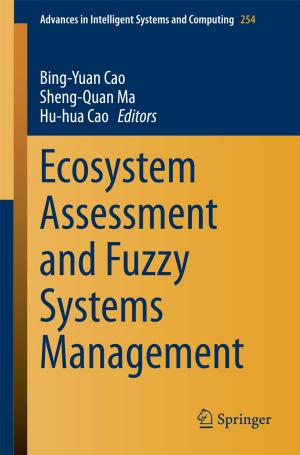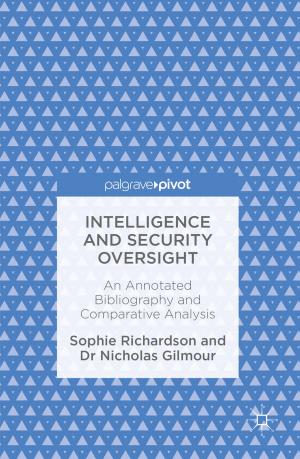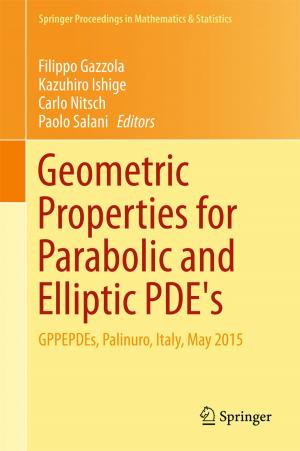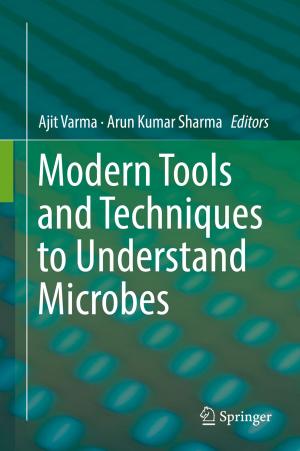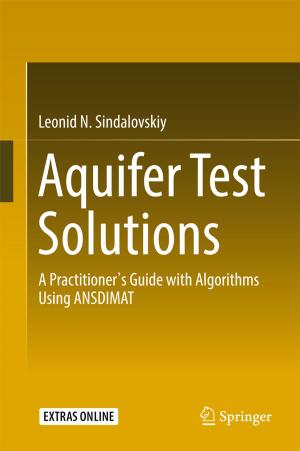Artificial Adaptive Systems Using Auto Contractive Maps
Theory, Applications and Extensions
Nonfiction, Computers, Advanced Computing, Artificial Intelligence, Database Management, General Computing| Author: | Paolo Massimo Buscema, Giulia Massini, Marco Breda, Weldon A. Lodwick, Francis Newman, Masoud Asadi-Zeydabadi | ISBN: | 9783319750491 |
| Publisher: | Springer International Publishing | Publication: | February 24, 2018 |
| Imprint: | Springer | Language: | English |
| Author: | Paolo Massimo Buscema, Giulia Massini, Marco Breda, Weldon A. Lodwick, Francis Newman, Masoud Asadi-Zeydabadi |
| ISBN: | 9783319750491 |
| Publisher: | Springer International Publishing |
| Publication: | February 24, 2018 |
| Imprint: | Springer |
| Language: | English |
This book offers an introduction to artificial adaptive systems and a general model of the relationships between the data and algorithms used to analyze them. It subsequently describes artificial neural networks as a subclass of artificial adaptive systems, and reports on the backpropagation algorithm, while also identifying an important connection between supervised and unsupervised artificial neural networks.
The book’s primary focus is on the auto contractive map, an unsupervised artificial neural network employing a fixed point method versus traditional energy minimization. This is a powerful tool for understanding, associating and transforming data, as demonstrated in the numerous examples presented here. A supervised version of the auto contracting map is also introduced as an outstanding method for recognizing digits and defects. In closing, the book walks the readers through the theory and examples of how the auto contracting map can be used in conjunction with another artificial neural network, the “spin-net,” as a dynamic form of auto-associative memory.
This book offers an introduction to artificial adaptive systems and a general model of the relationships between the data and algorithms used to analyze them. It subsequently describes artificial neural networks as a subclass of artificial adaptive systems, and reports on the backpropagation algorithm, while also identifying an important connection between supervised and unsupervised artificial neural networks.
The book’s primary focus is on the auto contractive map, an unsupervised artificial neural network employing a fixed point method versus traditional energy minimization. This is a powerful tool for understanding, associating and transforming data, as demonstrated in the numerous examples presented here. A supervised version of the auto contracting map is also introduced as an outstanding method for recognizing digits and defects. In closing, the book walks the readers through the theory and examples of how the auto contracting map can be used in conjunction with another artificial neural network, the “spin-net,” as a dynamic form of auto-associative memory.
